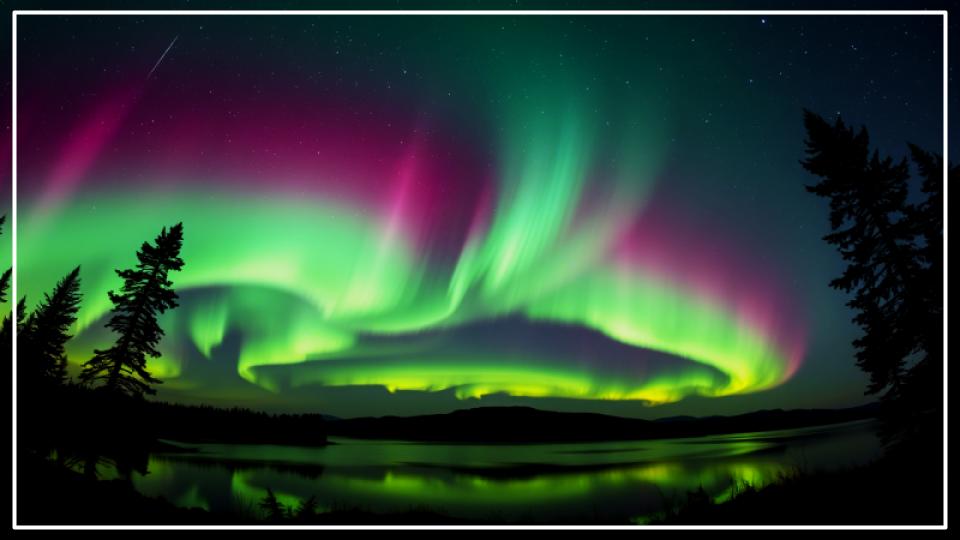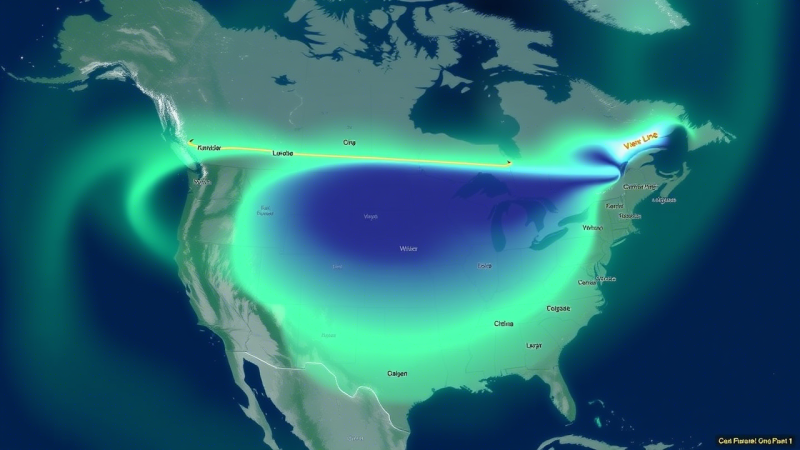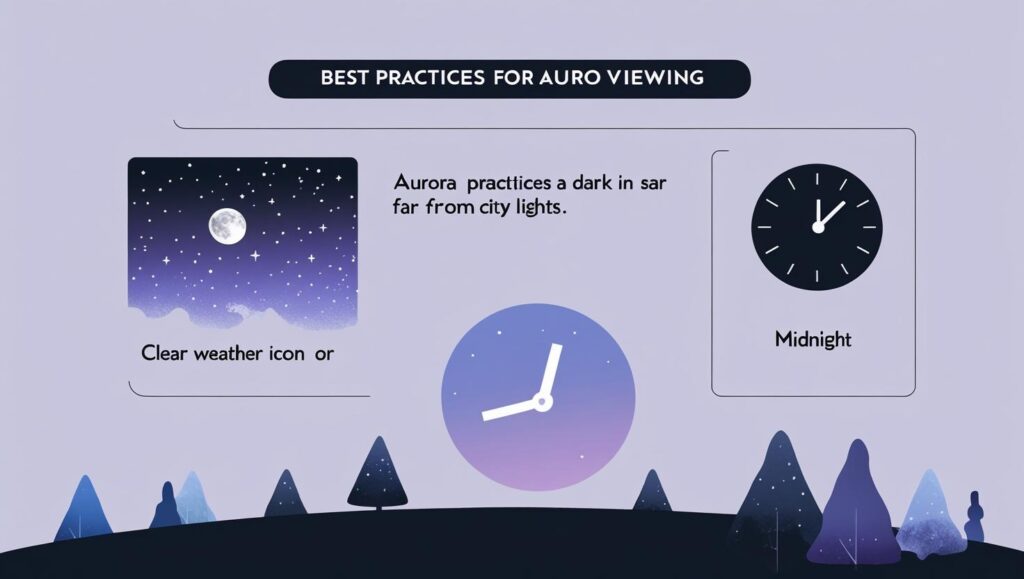
Sky-watchers across parts of the Northern Hemisphere have a significant opportunity to witness the Northern Lights Forecast this week, as a solar storm is predicted to push the ethereal display to latitudes lower than usual. Forecasters have issued a watch for a G1-class geomagnetic storm for July 2-3, 2025, an event that could make the aurora borealis visible across the northern tier of the United States and parts of Europe.
The alert comes from the National Oceanic and Atmospheric Administration (NOAA) Space Weather Prediction Center (SWPC), which has been tracking a Coronal Mass Ejection (CME) that erupted from the sun on June 28. A CME is a massive expulsion of plasma and magnetic field from the sun’s corona. When these charged particles slam into Earth’s magnetic field, they can trigger vibrant auroral displays.
Aurora Alert
| Key Fact | Detail / Statistic |
| Event | G1 (Minor) Geomagnetic Storm |
| Peak Activity | July 2-3, 2025 |
| Potential U.S. Viewing | Northern states (e.g., Maine, Michigan, Montana) |
| Primary Cause | Coronal Mass Ejection (CME) from the sun |
| Governing Factor | Increasing activity of Solar Cycle 25 |
Why the Sky Will Glow This Week
The current heightened chance of seeing the Northern Lights is a direct result of activity on the sun. The expected geomagnetic storm is rated G1 on a scale of 1 to 5, with G5 being the most extreme. While G1 is considered a minor storm, it is potent enough to expand the auroral oval—the ring of atmospheric light that normally encircles the Earth’s magnetic poles.
“A G1 (Minor) geomagnetic storm watch has been issued for 02 Jul (UTC day) due to the arrival of a CME that left the Sun on 28 Jun,” NOAA’s SWPC stated in a public alert.
This expansion means the aurora, typically confined to Arctic regions like Alaska, northern Canada, and Scandinavia, could become visible on the northern horizon for millions more people. Potential viewing areas in the United States include northern Michigan, Maine, and other states along the Canadian border. In Europe, similarly positioned regions may also experience the phenomenon.

The Science Behind the Spectacle
The aurora borealis is a physical manifestation of the interaction between solar energy and Earth’s atmosphere. The process begins with the solar wind, a continuous stream of charged particles flowing from the sun. During a CME, this stream becomes a torrent.
When these particles reach Earth, they are funneled by our planet’s magnetic field toward the poles. There, they collide with gas molecules in the upper atmosphere. These collisions excite the gas molecules, causing them to glow.
“The bright colors of the northern lights are dictated by the chemical composition of Earth’s atmosphere,” Billy Teets, director of the Dyer Observatory at Vanderbilt University, explained to Space.com. “Some of the dominant colors seen in aurorae are red, a hue produced by the nitrogen molecules, and green, which is produced by oxygen molecules.”
The most common color, a brilliant green, occurs when solar particles collide with oxygen at altitudes of about 60 to 190 miles. The rarer, all-red auroras are produced by oxygen at higher altitudes, while nitrogen can produce blue or purplish-red light.
A Preview of a More Active Sun: Solar Cycle 25
This week’s event is part of a larger trend of increasing solar activity. The sun is currently in what is known as Solar Cycle 25, an approximately 11-year cycle of magnetic activity. Scientists at NASA and NOAA predict the peak of this cycle, or “solar maximum,” will occur in 2025.
While early predictions suggested Solar Cycle 25 would be relatively weak like its predecessor, solar activity has ramped up more quickly than anticipated. This has already led to several strong geomagnetic storms in the past year, producing auroras visible in unusually southern locations.
“While we are not predicting a particularly active Solar Cycle 25, violent eruptions from the sun can occur at any time,” said Dr. Doug Biesecker, a solar physicist at NOAA’s SWPC, during the panel’s initial forecast. The recent increase in activity suggests the coming months could provide even more dramatic space weather events.
How to Best View the Northern Lights
For the best chance of witnessing the aurora, experts offer several key recommendations:
- Escape City Lights: Light pollution from cities can obscure the display. Travel to a rural area with a clear view of the northern horizon.
- Check the Weather: Cloud cover will block the view. A clear night is essential.
- Be Patient: The aurora often appears in waves. The best viewing times are typically between 10 p.m. and 2 a.m. local time.
- Use Your Eyes: Allow your eyes at least 15-20 minutes to adjust to the darkness. A faint, greyish arc may be the first sign before more vibrant colors appear.

As Solar Cycle 25 continues its ascent toward maximum, the frequency of such events is likely to increase. This provides a promising outlook for scientists studying space weather and for anyone who hopes to catch a glimpse of one of nature’s most spectacular displays. The current storm serves as a timely reminder of the dynamic and powerful connection between the sun and our planet.
Read More
June’s Strawberry Moon to Skim the Horizon as the Lowest Full Moon of 2025
